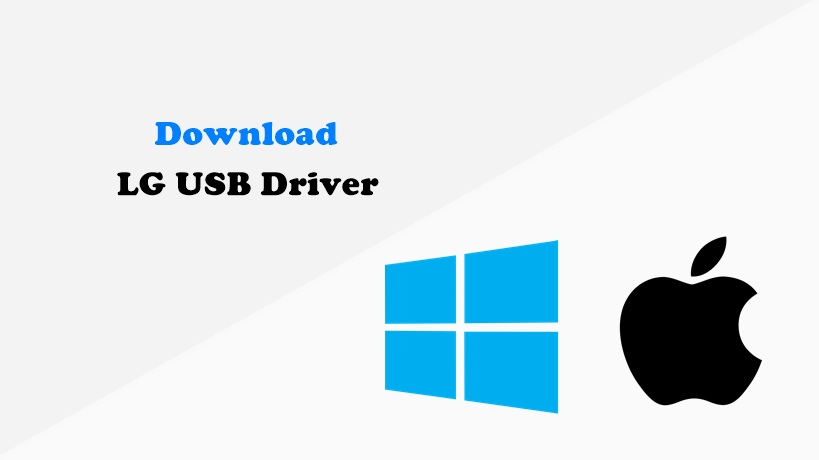*A 'self-powered' hub is defined as a hub that gets its power from the wall outlet as opposed to getting its power directly from the PC's USB port. APC USB Compatible UPS: APC recommends when using any kind of external USB hub, that the UPS USB cable be plugged directly into a USB port located on the PC itself ( also known as the root hub).
Usb Audio Driver For Mac
It contains a SmartSlot that accepts a network management card that allows the UPS to be connected to the switch (or router) instead of plugging the USB cable from the UPS to a computer. That said, I also have. My goal is to configure my UPS to shutdown all my Macs (MacBook Pros and Mac Mini) during a power failure. This is how I do it. After installing the network management card to the UPS, plug the network cable from the network management card to the switch (or router).
An IP address will be automatically assigned to the card. Let’s just say, the resolved IP address is 192.168.0.100. Plug the Mac’s power plug to the UPS. Download and install it on your Mac. At the end of the installation, you will see /etc/apcupsd/apcupsd.conf file on your screen. Do not click on the “restart” button yet.
Samsung Usb Driver For Mac

Eaton Usb Driver For Mac Mac
In that file, change the following lines:- UPSCABLE smart UPSTYPE snmp DEVICE 192.168.0.100:161:APC:public BATTERYLEVEL 95 The DEVICE value is IP:PORT:VENDOR:COMMUNITY, all you need is to change the IP address and leave the rest of to be the same. Based on the documentation, BATTERYLEVEL, MINUTES, and TIMEOUT work in conjunction basically, the first that occurs will cause the initiation of a shutdown. So, since I want my Mac to shutdown right away during a power failure, I set my BATTERYLEVEL at 95%. When the UPS’s battery level drops before that mark, it will initiate the shutdown process. Save this file and reboot your machine.